Plant These 16 Vegetables In September For A Head Start On Next Season’s Harvest
With September here, it is time to start thinking about next season’s garden. The cooler temperatures make this the ideal moment to plant certain vegetables. Starting now can give you a head start, ensuring a more successful harvest. As the soil continues to cool, many plants will root deeply and grow strong.
This post may contain affiliate links, which helps keep this content free. Please read our disclosure for more info.
Spinach
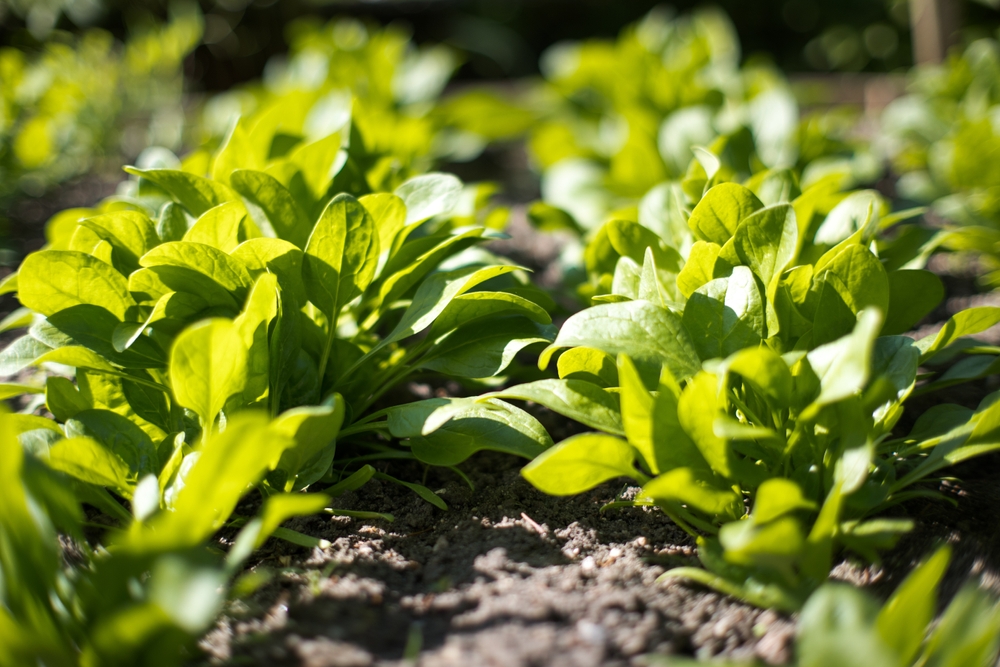
Spinach is a great choice for September planting, as it thrives in cooler temperatures. The soil is still warm enough to help the seeds germinate quickly. Spinach grows best in well-drained soil, so ensure the area has good drainage. Water it regularly, but be careful not to over-water, as spinach does not like soggy soil. Planting spinach in September ensures a strong start, and you will enjoy an early harvest in the spring.
To care for spinach, make sure it receives plenty of sunlight. Spinach is relatively low-maintenance, but keeping the soil moist is important. If you see any yellowing or wilting, remove the affected leaves to prevent the spread of disease. You can start harvesting the outer leaves once they are large enough, leaving the inner ones to continue growing. This will allow you to enjoy fresh spinach all season.
Kale
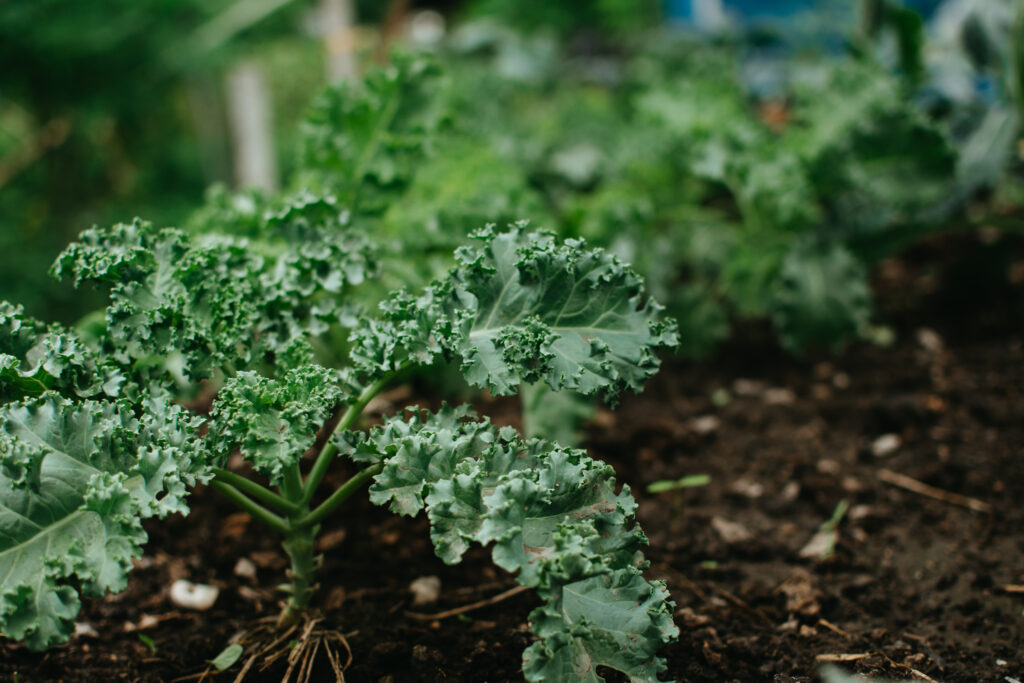
Kale is a hearty vegetable that grows well in cooler weather, making it ideal for September planting. Plant kale in a sunny spot with well-drained, rich soil. It requires consistent watering to keep the soil moist, but it does not like to be waterlogged. Kale is especially resistant to cold, so you can expect it to grow well through the winter months. By planting in September, you give the kale plenty of time to establish strong roots before the frost hits.
Once planted, kale grows quickly, and you can start harvesting the leaves in the spring. For the best flavor, pick the outer leaves, leaving the inner ones to continue growing. Kale benefits from regular feeding, so using an organic fertilizer can help improve its growth. Be mindful of pests like aphids, which may be attracted to the leaves. With proper care, you will have healthy kale plants ready for an early spring harvest.
Lettuce
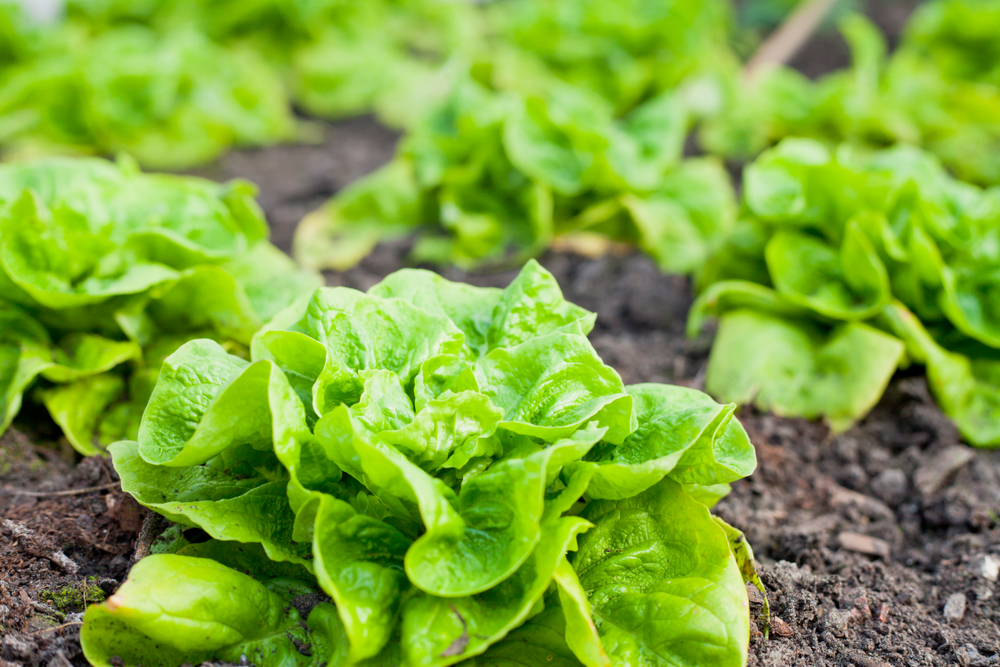
Lettuce grows quickly and is perfect for planting in September when the weather starts to cool. It grows best in well-drained, fertile soil that retains moisture but does not become soggy. Lettuce prefers full sun, but it can tolerate some shade, especially in warmer climates. Water it regularly, ensuring that the soil remains moist, but not soaked. By planting in September, you will have fresh lettuce leaves to harvest in early spring.
To care for lettuce, keep the soil evenly moist and thin out the plants as needed to avoid overcrowding. Lettuce is a fast grower, and you can begin harvesting the outer leaves as soon as they reach a good size. Avoid letting the plants bolt (flower), as this can make the leaves taste bitter. Lettuce grows best in cooler temperatures, so the fall and early spring months are ideal for planting. Be sure to harvest before the weather warms up too much to get the best flavor.
Carrots
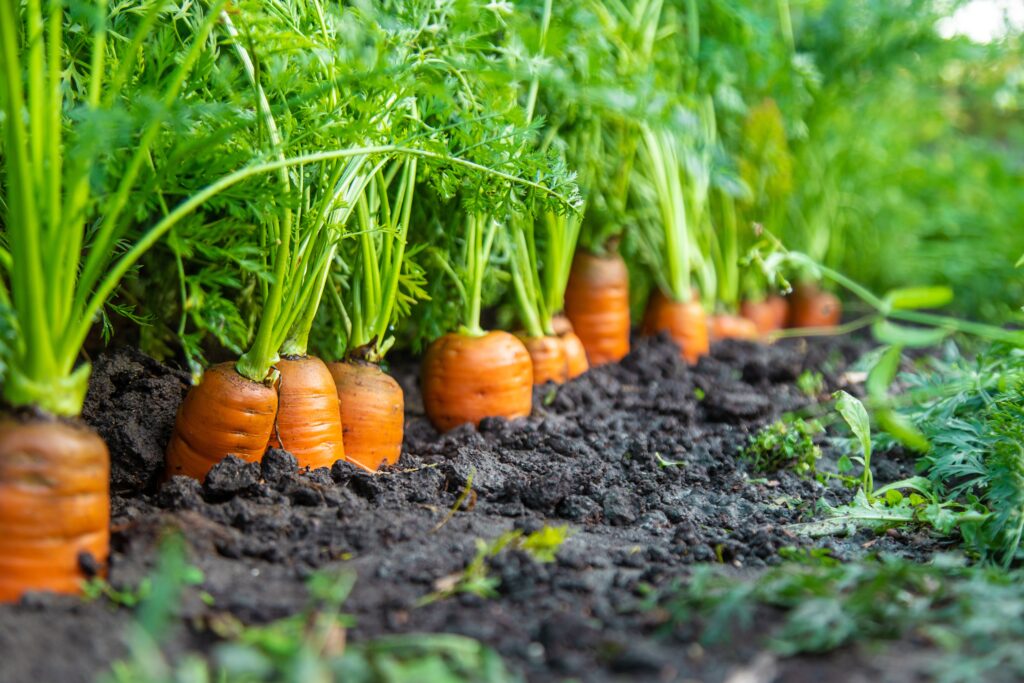
Carrots are an excellent vegetable to plant in September, as they thrive in cool weather. They need deep, loose soil to grow well, so it is essential to prepare the planting area by loosening the soil. Carrots can be planted in rows, spaced about 2-3 inches apart. Water the soil regularly to keep it moist, but avoid over-watering, which can cause root rot. By planting in September, carrots have plenty of time to establish strong roots before the colder months.
As carrots grow, thin the seedlings to give them enough space to mature. They do well in cooler weather and can tolerate light frosts, making them perfect for fall planting. Carrots can take a while to mature, so be patient and let the roots grow to the desired size. Harvest carrots in early spring once the roots have reached a good size. For the best flavor, pick them before they get too large or woody.
Beets
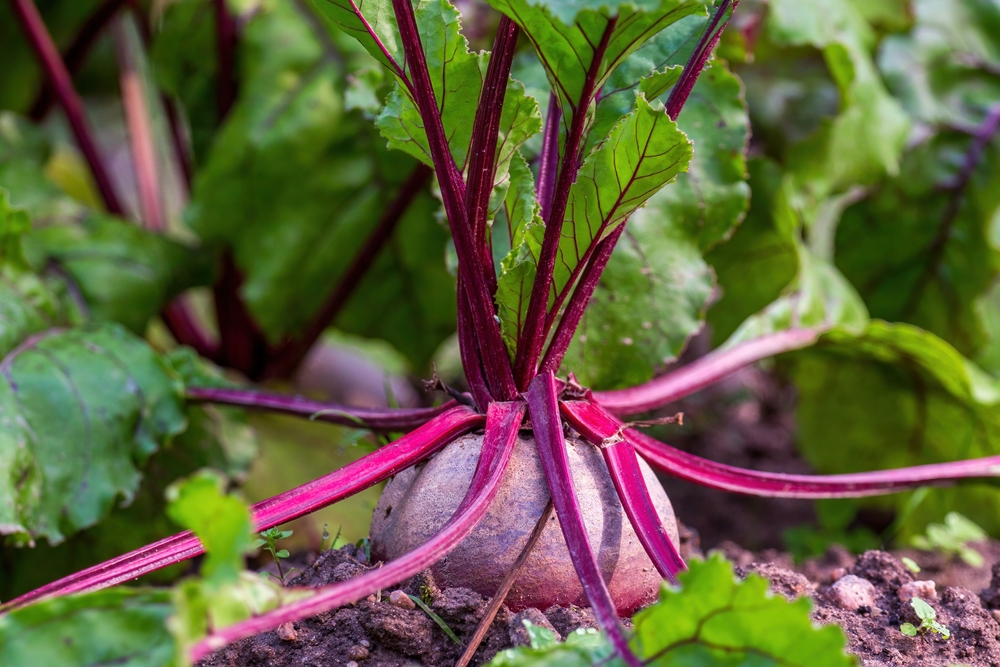
Beets planted in September will benefit from the cool temperatures that help them develop rich, sweet roots. They grow best in loose, well-drained soil that allows the roots to spread out without becoming compacted. Water the beets consistently, but avoid soaking the soil too much, as this can lead to rot. Plant them in a sunny spot where they can receive at least six hours of sunlight each day. By planting in September, beets will be ready for harvest in early spring.
To care for beets, thin the plants once they have germinated to ensure they have enough space to grow. Keep the soil moist but not soggy, and consider adding a balanced fertilizer to promote healthy root development. Beets are relatively low-maintenance, but check for pests, particularly aphids, which can damage the leaves. Harvest beets when the roots are about the size of a golf ball for the best taste. They will continue to grow through the colder months, giving you an early spring harvest.
Broccoli
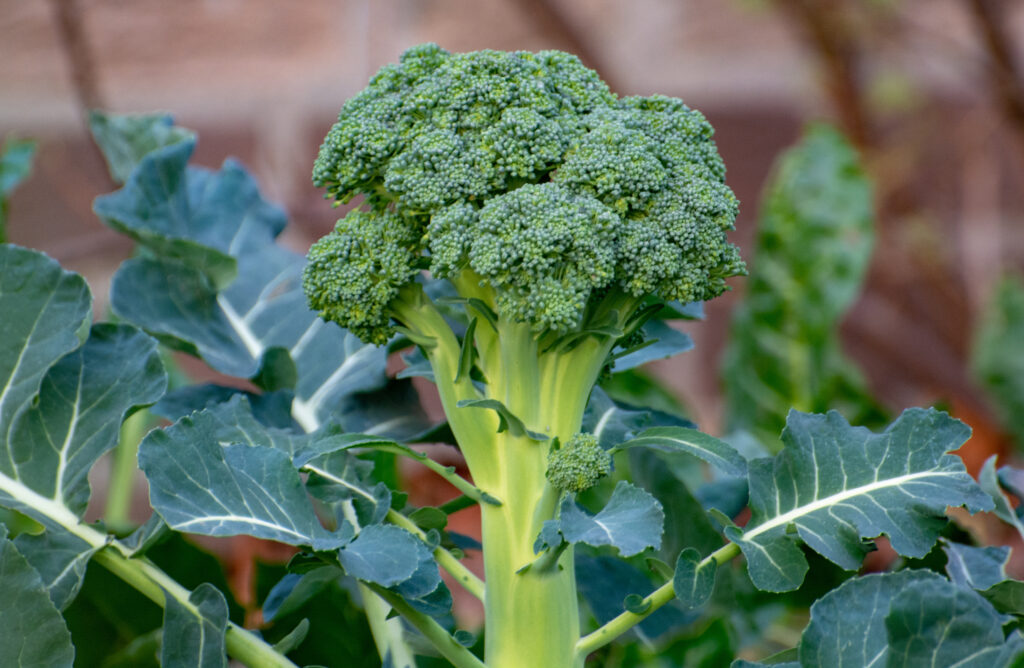
Broccoli is a great vegetable to plant in September, as it thrives in cooler weather and can survive frost. Plant it in well-drained soil that is rich in nutrients. Broccoli requires consistent watering to maintain healthy growth, so water it regularly, but do not let the soil become too soggy. The cooler temperatures in fall and winter will help the plants develop tight, firm heads. By planting in September, you can expect an early spring harvest.
Broccoli grows best in a sunny location with plenty of light. As the plants grow, be sure to protect them from pests like aphids and caterpillars, which can damage the leaves. Harvest the heads when they are firm and tightly packed, before the buds begin to open. Broccoli is a heavy feeder, so applying an organic fertilizer can help improve growth. With the right care, you will have a healthy crop ready to enjoy by early spring.
Cabbage
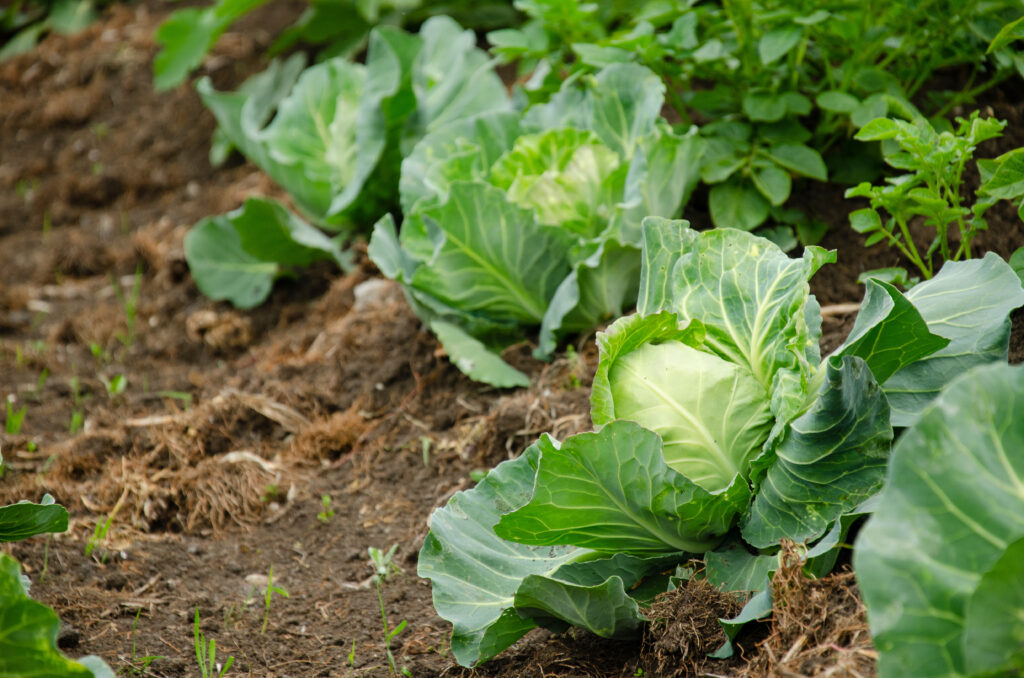
Cabbage is a cold-hardy vegetable that grows well when planted in September. It prefers full sun and well-drained, fertile soil. The cool temperatures help cabbage form dense, tightly packed heads. Water the plants regularly to keep the soil moist, but be careful not to over-water, as this can lead to rot. By planting cabbage in September, you will give it plenty of time to mature before the weather warms up in spring.
Once planted, cabbage grows quickly and should be ready for harvest in early spring. Be sure to keep the plants well-spaced to allow for proper head development. Regular watering is important, especially during dry spells, to prevent wilting. As the cabbage heads mature, check for pests, such as aphids or caterpillars, that might damage the leaves. Harvest the cabbage when the heads feel firm to the touch, and enjoy fresh cabbage early in the season.
Radishes
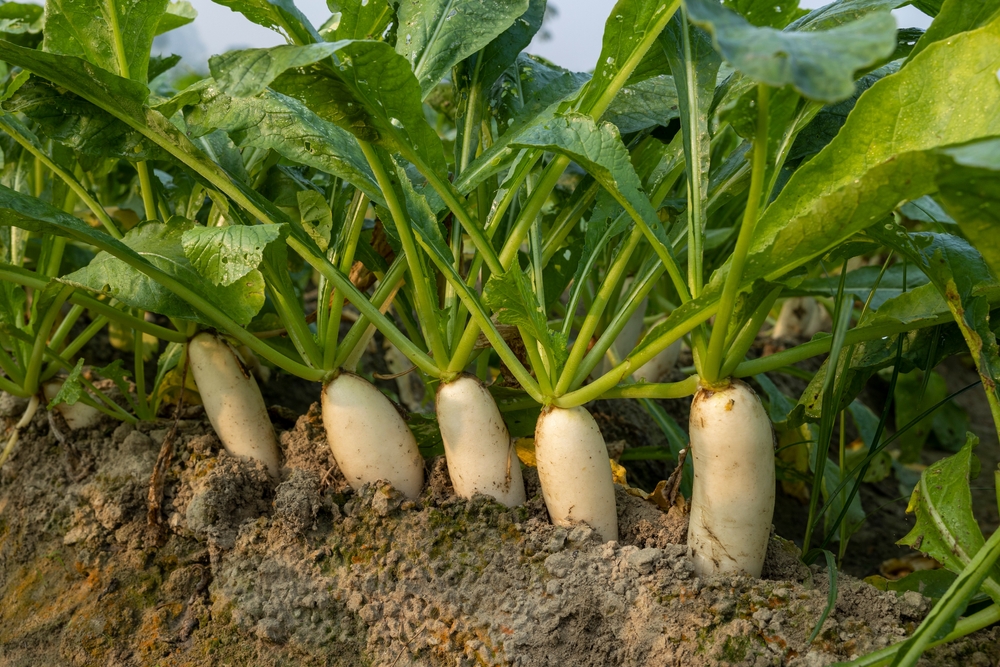
Radishes are perfect for September planting, as they grow quickly and thrive in cool temperatures. They prefer well-drained, loose soil, so be sure to prepare the soil properly before planting. Radishes do not require much space, so you can plant them close together. Water the soil regularly to keep it moist, but avoid over-watering. By planting radishes in September, you will be able to enjoy an early spring harvest.
Radishes are very low-maintenance and grow quickly, making them a great vegetable for new gardeners. Once the seeds have germinated, thin the plants to prevent overcrowding. Harvest radishes when they are large enough to eat, but be sure not to leave them in the ground too long, as they can become woody. Radishes are perfect for adding a spicy kick to salads or enjoying as a quick snack. By planting in September, you will have radishes ready to harvest in early spring.
Peas
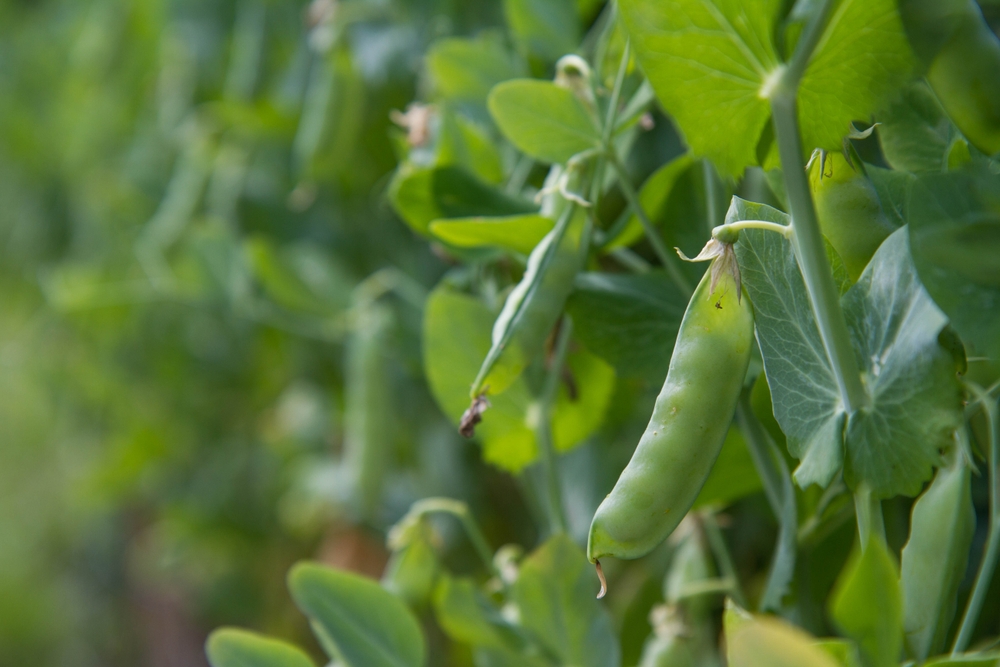
Peas are a great vegetable to plant in September, as they prefer cool weather. Plant them in well-drained soil that is rich in organic matter. Peas grow best when they have support, such as a trellis or a fence, so make sure to provide a structure for them to climb. Water the plants regularly to keep the soil moist, but avoid over-watering, as peas do not like soggy soil. By planting in September, you can expect an early spring harvest.
Peas are relatively easy to grow and will start producing pods in early spring. Be sure to plant them in a sunny location, as they need plenty of light to thrive. As the plants grow, check for pests such as aphids, which can damage the leaves. Peas are best harvested when the pods are plump, but before they begin to dry out. With proper care, you will have a fresh crop of peas for your spring meals.
Swiss Chard
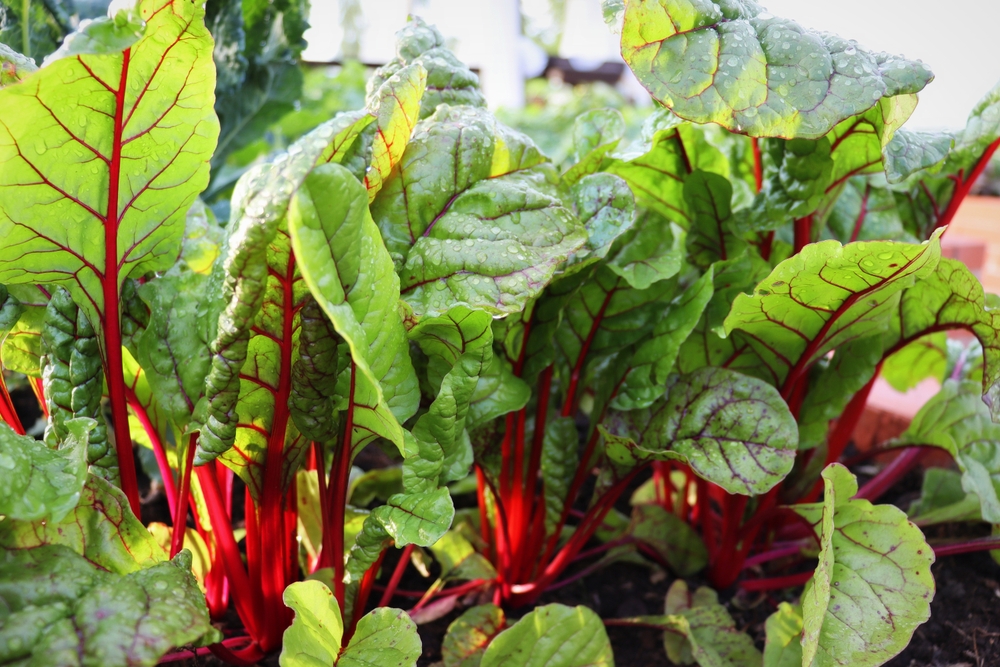
Swiss chard is a versatile vegetable that grows well when planted in September. It prefers cool temperatures and well-drained, fertile soil. Swiss chard can tolerate partial shade, but it grows best in full sun. Water the plants regularly to keep the soil moist, but be careful not to over-water. By planting Swiss chard in September, you can expect an early spring harvest that will provide fresh greens for your meals.
Swiss chard is easy to care for and requires little maintenance. Once the plants are established, you can harvest the outer leaves while leaving the inner leaves to continue growing. Swiss chard is a great source of vitamins and minerals, making it a healthy addition to your garden. It grows quickly, and with the right care, you will have a steady supply of fresh leaves throughout the season.
Garlic
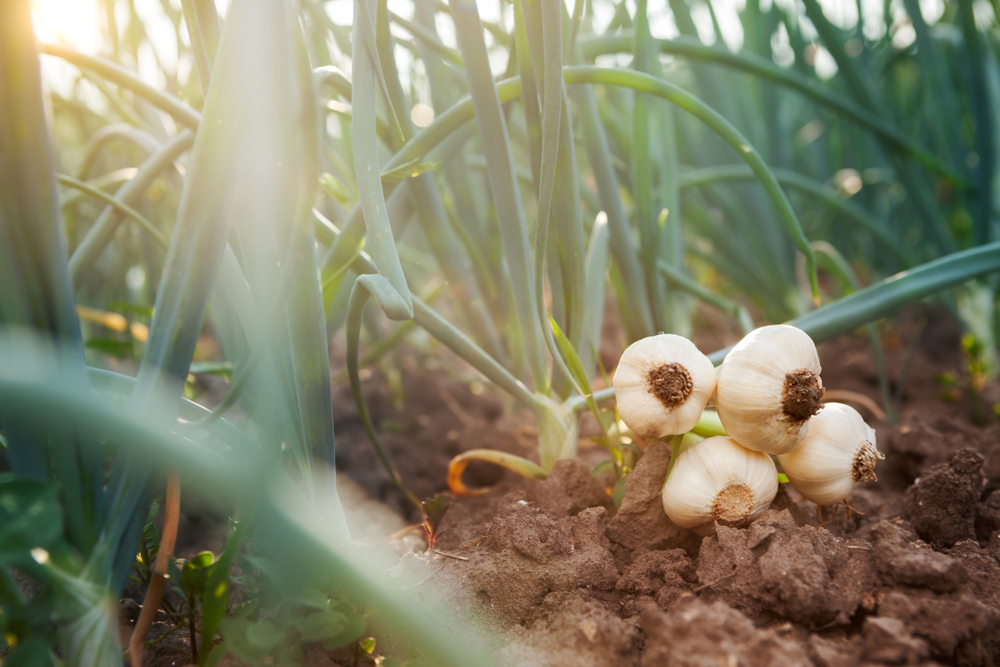
Garlic is best planted in September for a robust harvest come summer. It needs to be planted in well-drained, fertile soil with plenty of sunlight. Separate the garlic bulbs into individual cloves, and plant them with the pointed end up about 2 inches deep. Water them regularly, but avoid over-watering to prevent rot. By planting in September, garlic will have plenty of time to establish strong roots before the colder months.
Garlic is low-maintenance but needs a long growing season. As the plants mature, make sure to keep the soil free from weeds. Garlic can tolerate frost, which makes it ideal for fall planting. Harvest the garlic in summer when the leaves begin to yellow. After harvesting, allow the garlic to cure in a dry area before storing.
Leeks
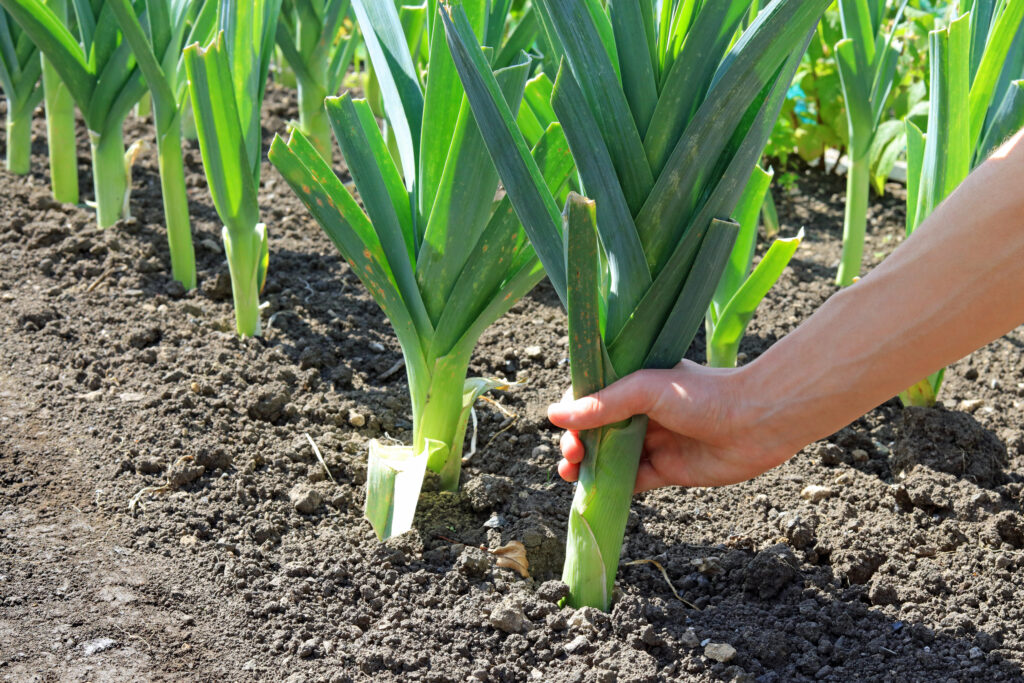
Leeks are hardy vegetables that thrive when planted in September. They need rich, well-drained soil and full sunlight to grow successfully. Leeks require consistent moisture, so water them regularly to keep the soil evenly moist. They can tolerate cooler temperatures, which makes them ideal for fall planting. By planting in September, leeks will establish strong roots and be ready for harvest in early spring.
To care for leeks, make sure to space them out to allow for their long growth. They are slow-growers, so be patient and keep the soil moist throughout their growing period. Harvest leeks when the stems are thick and firm. You can harvest the leeks as needed or all at once when they reach maturity. Leeks can add a mild, onion-like flavor to many dishes.
Parsnips
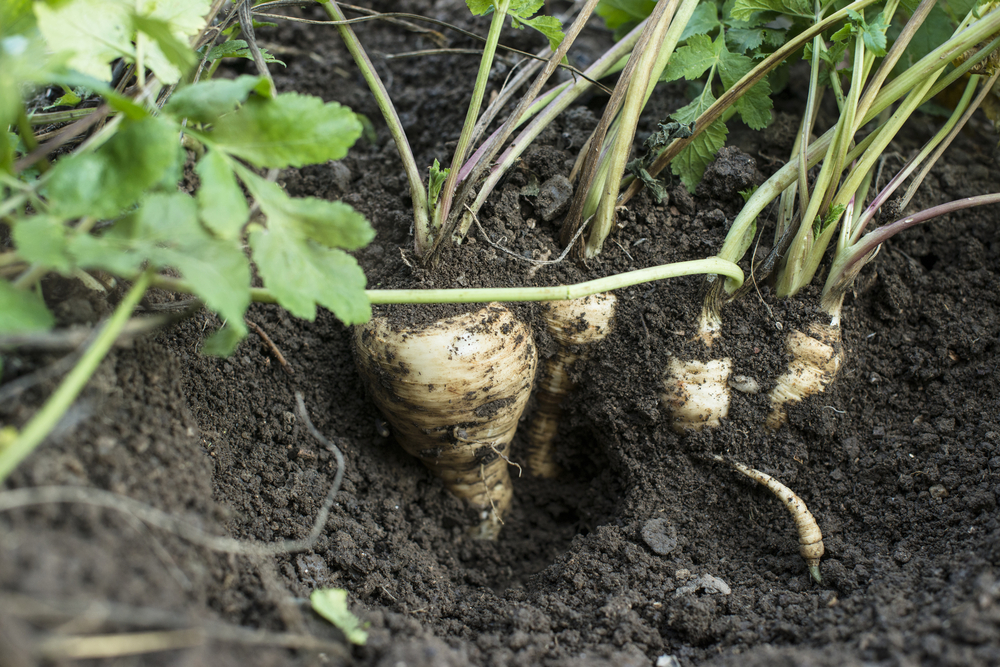
Parsnips grow best when planted in September, as they develop better flavor when grown in cooler weather. The plant needs deep, loose soil that allows the roots to grow without restriction. Water the soil regularly, ensuring it remains moist but not soggy. Parsnips require a long growing season, so plant them in September to allow the roots time to mature. The cooler months help improve their sweetness, which makes them a favorite in winter dishes.
Be sure to remove any weeds that may compete for nutrients. Harvest them in early spring, but do not let them stay in the ground too long, as they may become woody. Parsnips can withstand frost, making them perfect for cold weather gardening. After harvesting, allow them to cure in a dry, cool area before storing. They are perfect for soups, stews, or roasted dishes.
Brussels Sprouts
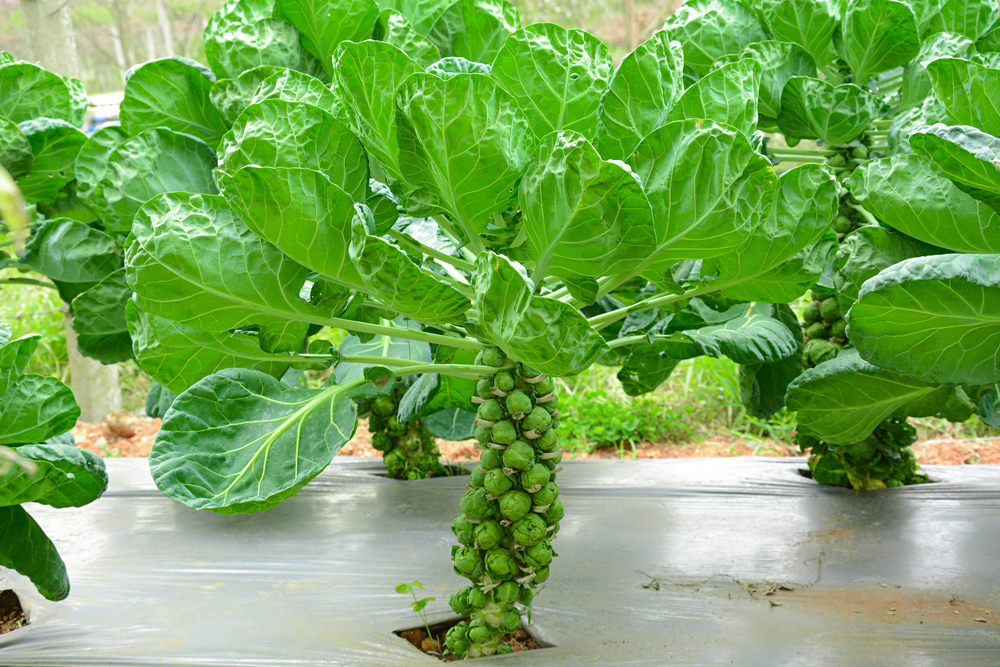
Brussels sprouts grow slowly and are perfect for September planting. These vegetables require full sun and well-drained, fertile soil. Water the plants regularly to keep the soil moist, but avoid over-watering, as this can lead to rot. Brussels sprouts are cold-hardy and can withstand frost, making them ideal for fall and winter growth. By planting in September, you can enjoy fresh Brussels sprouts by early spring.
As the plants grow, make sure to remove the lower leaves to improve airflow and reduce the risk of disease. Be mindful of pests like aphids, which can damage the leaves. Harvest Brussels sprouts when the buds are firm and tightly packed, but before the flowers begin to open. You can harvest them from the bottom of the plant upwards, leaving the top sprouts to continue growing. These vegetables are a great addition to any garden, offering both flavor and nutrition.
Mustard Greens
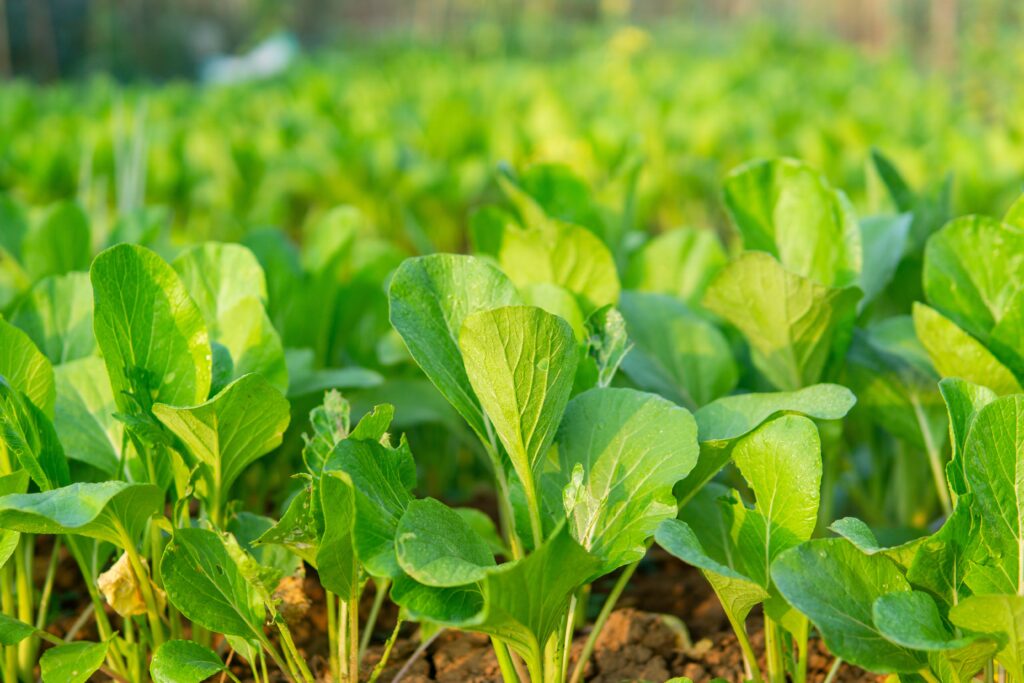
Mustard greens are a quick-growing vegetable that thrives in cooler weather, making them perfect for planting in September. They prefer full sun and well-drained soil that retains moisture but does not become soggy. Plant them in rows, and space the seeds about 6 inches apart to allow for healthy growth. Water the plants regularly, especially during dry spells. By planting mustard greens now, you will have a fresh crop ready for harvest by early spring.
Mustard greens grow quickly, and you can begin harvesting the outer leaves when they are about 6 inches long. They are a great addition to salads or can be sautéed for a quick side dish. The plants can tolerate light frosts, making them perfect for fall planting. To ensure they grow well, make sure to keep them weed-free and well-watered. Mustard greens are rich in vitamins, making them a healthy choice for your garden.
Turnips
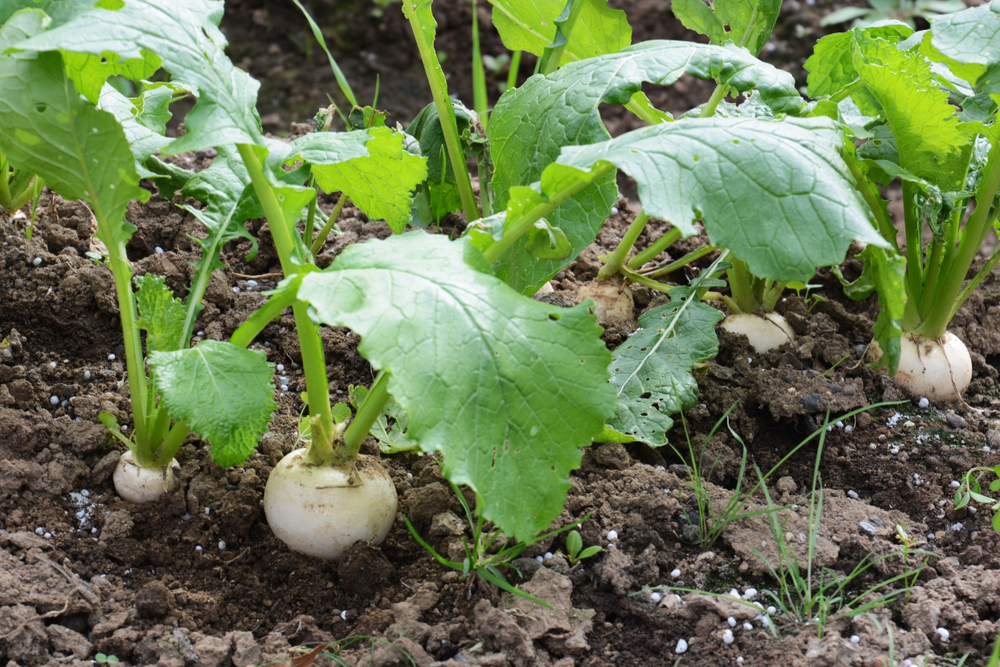
Turnips are another excellent vegetable to plant in September, as they grow well in cooler temperatures. They need loose, well-drained soil to grow healthy, round roots. Water them regularly to keep the soil moist, but avoid letting the soil become too soggy. Turnips are fast-growing, and by planting them in September, you can harvest them in early spring. They tolerate light frost, so they are ideal for fall and winter planting.
To care for turnips, make sure to space them out properly to allow room for their roots to grow. Harvest them when they reach the size of a golf ball for the best flavor and texture. Turnips can be stored in a cool, dry place for use in soups, stews, or roasted dishes. The leaves are also edible, so you can harvest them as greens for salads or sautéing. By planting turnips in September, you are setting up your garden for a great early harvest.
Planting these vegetables in September gives you a head start on the next season’s harvest. With a little care and attention, you will be able to enjoy a bountiful harvest when the weather warms up. Start planting today to set yourself up for success next season.
This article originally appeared on Avocadu.
